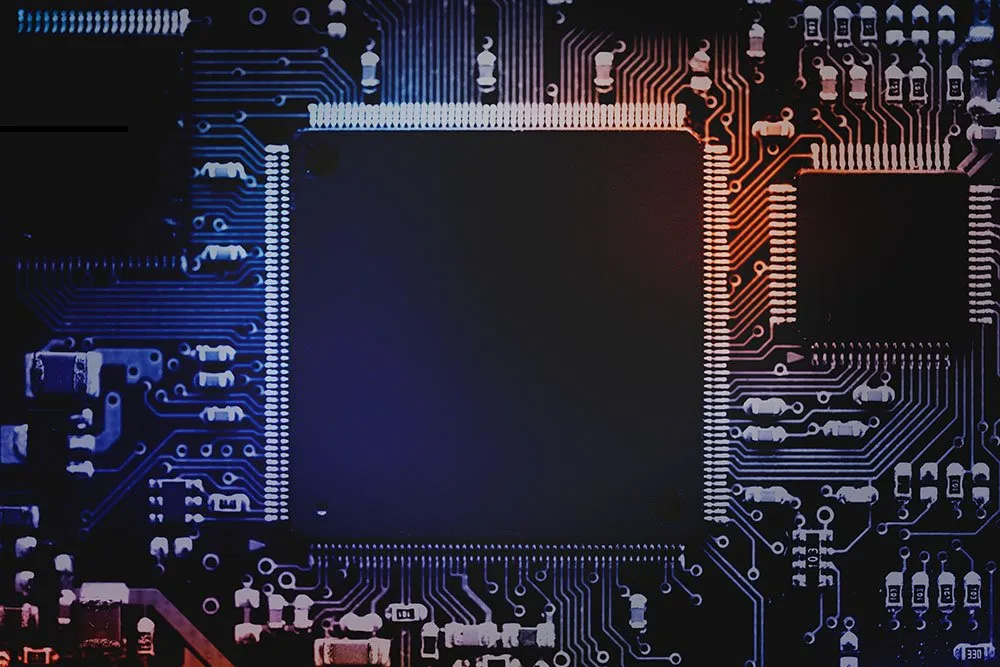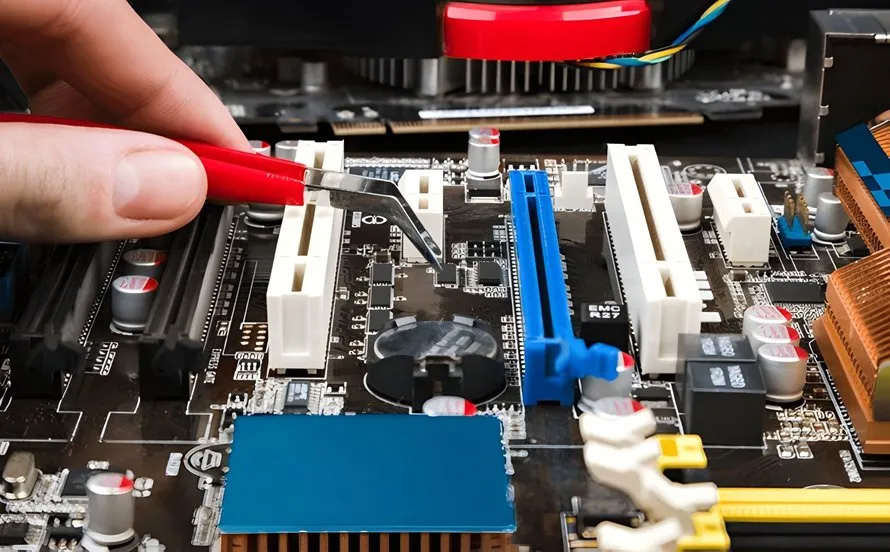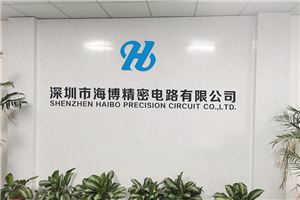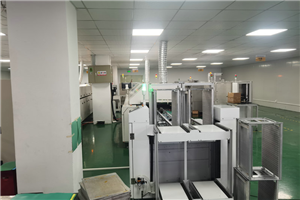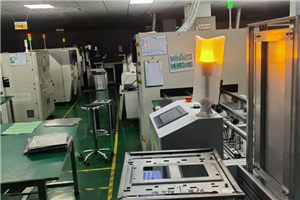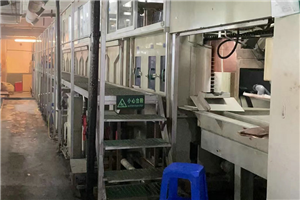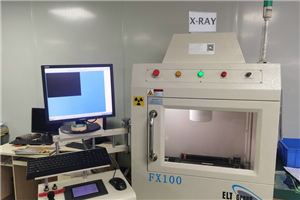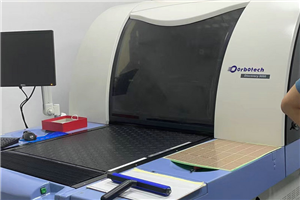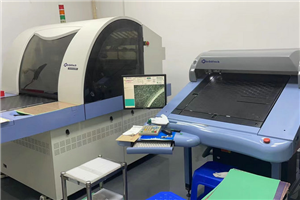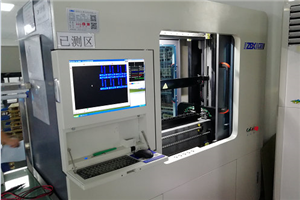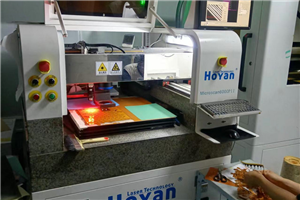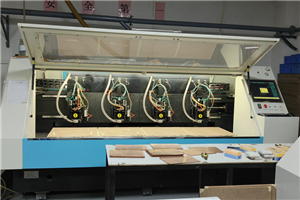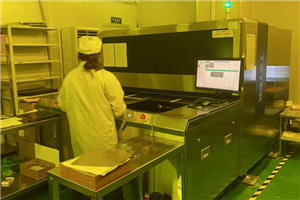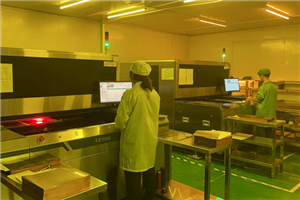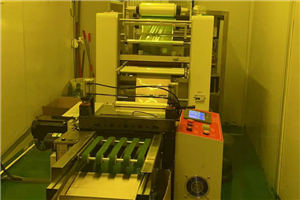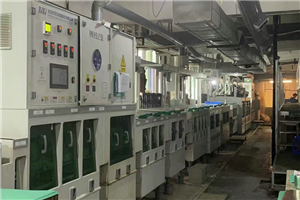Due to the significant changes in the complexity of electronic devices, various assembly techniques have been developed, typically divided into through-hole technology (THT), surface mount technology (SMT), and hybrid SMT and THT assembly.
Through hole technology (THT)
Through hole technology (THT) is a pioneering and mature method that involves inserting pins or leads into printed circuit board holes to connect components. The types of THT devices are grouped according to the configuration of the packaging leads. Radial elements are device types where the leads are perpendicular to the package's long axis, while axial elements are device types where the leads are parallel to the long axis. In THT, wave soldering is a method of soldering lead components into a PCB. Wave soldering is a traditional soldering technique in which the PCB is connected to the component leads and PCB substrate through a molten solder wave.
Surface Mount Technology (SMT)
Surface mount technology is a relatively new technology in electronic manufacturing, which refers to the installation of active and passive components on PCBs. SMT utilizes automated machines to achieve efficient production. SMT has the following main processes:
Template printing: Firstly, on the conveyor belt SMT production line, the solder pattern is printed onto the PCB through the template printing process. During the template printing process, the scraper passes through the template opening and evenly deposits solder paste. Templates are usually made of stainless steel material, and their aperture size depends on the amount of solder required. The consistency of solder quantity is the key to achieving a robust template printing process.
Solder Paste Inspection (SPI): Visually inspect the quality of the allocated solder paste using a solder paste testing machine. SPI measures the mounting accuracy and dispensing amount of solder paste. Resolution and threshold settings are parameters that can affect the accuracy of solder paste inspection machines.
Component placement: Electronic components are picked up from the feeder and placed on the PCB at extremely high speeds. SMT machine is a software programmable machine used to control the X, Y, and Z axis movements of the arm for efficient positioning of components. The throughput of a surface mount machine is measured by the number of components per hour, which is usually influenced by factors such as component type and size changes. The main challenges during the component placement process include component missing, misalignment, and bridging. The mounting accuracy is greatly affected by the solder pad pattern, component size, and machine tolerance.
Solder reflow: In order to melt and solidify solder paste, the circuit board needs to pass through a reflow oven composed of heating zones. These heating and cooling steps help achieve connections between PCBs and components. Solder paste material is a filler suspension based on resin, which melts and aggregates during the reflow process.
Hybrid SMT and THT assembly
Some PCB designs require the simultaneous use of SMT and THT assembly techniques. Hybrid assembly requires a combination of sequential SMT and THT processes, as well as reflow soldering and wave soldering techniques. This assembly type is typically applied to double-sided panels, where one side has through-hole components and the other side has SMD components.
Mechanical and Electrical Assembly
In mechatronics assembly, the assembled PCB and other mechanical components (such as wires, connectors, power supplies, and sensors) are integrated into a system. The final casing can be customized or ready-made, and should be able to protect the internal electronic components. Advanced robotic machines can be used to precisely assemble the sub components inside the casing.
Some companies also use manual assembly, so strict training and certification of workers are required to meet assembly requirements. The assembly of electromechanical components includes the welding and installation of electrical components, as well as the tightening, insertion, and fastening of mechanical components.
Testing and Inspection
Electronic manufacturing does not end after the manufacturing and assembly process. PCBs and electronic devices must undergo electrical inspection and testing before shipment, as defective products may leak from the production workshop and be transferred to the next process before being delivered to customers. The following are the main inspection and testing processes in electronic manufacturing.
Automatic Optical Inspection (AOI)
Automatic optical inspection is the process of using visual systems and image processing software to inspect circuit boards and compare them with reference good PCBs. AOI is a reliable technology that has replaced manual inspection, especially for complex components, due to its accuracy and consistency.
functional testing
Functional testing consists of testing fixtures, connection interfaces, hardware, and software. The testing method is performed by stimulating the product based on its operating environment and checking its response.
Aging test
Aging testing is also conducted in electronic manufacturing to test finished products. According to the design and application of the product, set the aging furnace with plate slots to a specific temperature. Apply voltage or bias to test the response of components. The duration or hours of aging testing may vary depending on the product. As the distance between devices becomes smaller, establishing an effective interface between the socket and the tested device has become a technical challenge. Aging sockets must adapt to higher currents, frequencies, and pin counts while maintaining low costs and short delivery times. An effective aging testing method should be able to detect potential defects and edge defects, and minimize excessive rejection.


